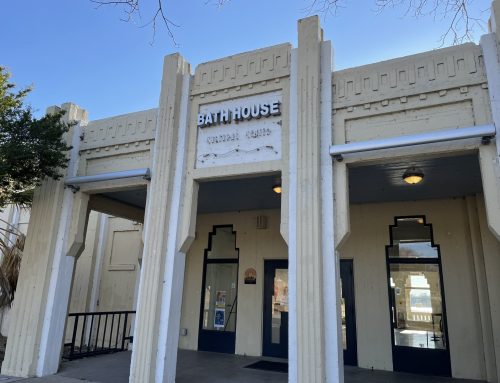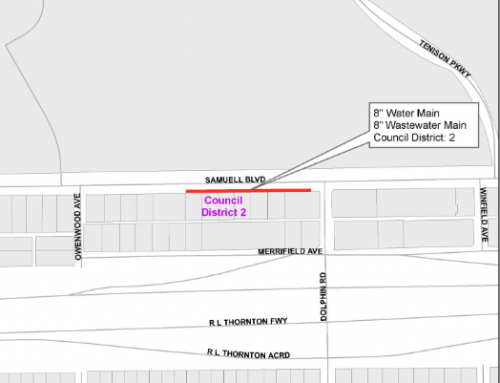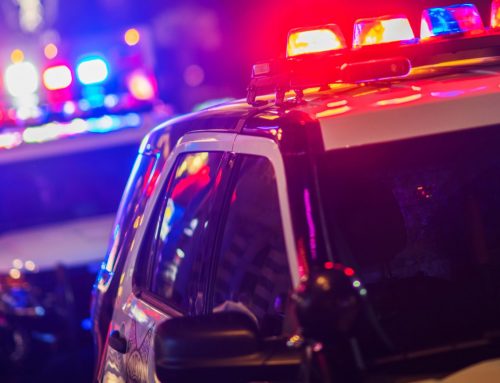B and G.
If you’ve spent any time in Dallas over the last year, you’ve no doubt spotted these enormous letters around town. On the steps of the Granada Theater. Next to the fountain at Main Street Garden. In Victory Plaza by the American Airlines Center. And you’ve probably watched residents and visitors alike swarm around the huge capitals, smartphone in hand as they strike a pose in between to capture their very best impersonation of the missing “I.”
“BIG” is a fun marketing campaign dreamed up by the Dallas Convention & Visitors Bureau to promote our city and (according to their literature) “show the world that ‘Big Things Happen Here.’ ” It plays off people’s preconceptions about Dallas (big hats, big hair, big oil, etc.) while also suggesting that we are a modern city full of big dreams and even bigger possibilities.
But there is another side to Dallas’ “bigger is better” obsession. In our quest to be the biggest of the big, we’ve poured huge sums into city-owned hotels and bridges, sports centers and toll roads, while investing much less in smaller, neighborhood-centric projects. Somewhere along the way, we’ve forgotten that there is virtue to be found in the small, the inexpensive, the mundane. We’ve lost the wisdom that “big” need not describe the thing itself but rather its impact.
That’s the idea behind “urban acupuncture” and its cousin, “tactical urbanism,” both of which are based on the idea that you get more bang for your buck from small-scale, inexpensive, citizen-based improvements to the public space than from costly, massive, urban renewal projects.
Take the new and improved Lower Greenville Avenue. Not long ago, neighborhoods surrounding Lower Greenville were plagued with the same problems, year after year: increasing crime and vandalism, loud music wafting into their homes late at night, a S.W.A.T. team-like concentration of police every weekend, and strangers parking in front of homes and leaving empty beer cans in their wake. All of these problems could be traced back to a common cause: an oversaturation of late-night bars along the street. While the cause was apparent, the solution was more elusive. I was the councilmember representing the area at the time, and it was frustrating when every arrow in the city’s quiver proved ineffective. Clearly, a new strategy was required.
Coming in at a (relatively) paltry $1.9 million, the two-block redo wasn’t designed by an internationally renowned architect, and it doesn’t incorporate cutting-edge design. But what it lacks in scale and ostentation it more than makes up for in its positive effect on the surrounding community. Thanks to a collaborative effort among the City of Dallas, residents and property owners, we used our limited funds strategically, rebuilding the street and developing new zoning rules that weeded out bad operators. With gracious sidewalks lined with trees and antique-style lighting, the new pedestrian-friendly street is bringing back residents and inviting new investment.
Neighborhoods throughout Dallas have their own version of the Lower Greenville problem: a challenge particular to their community that isn’t going to be solved by building another Calatrava bridge. Realistically, Dallas is unlikely to forego the “Go big or go home” mentality anytime soon (we are “Big D,” after all). But imagine the neighborhoods that might flourish if the city collaborated with them on targeted, less expensive solutions. We could replicate Lower Greenville’s success across the city at a fraction of the cost of another designer boondoggle.
Big things do happen here. But so do a lot of really great small things.





